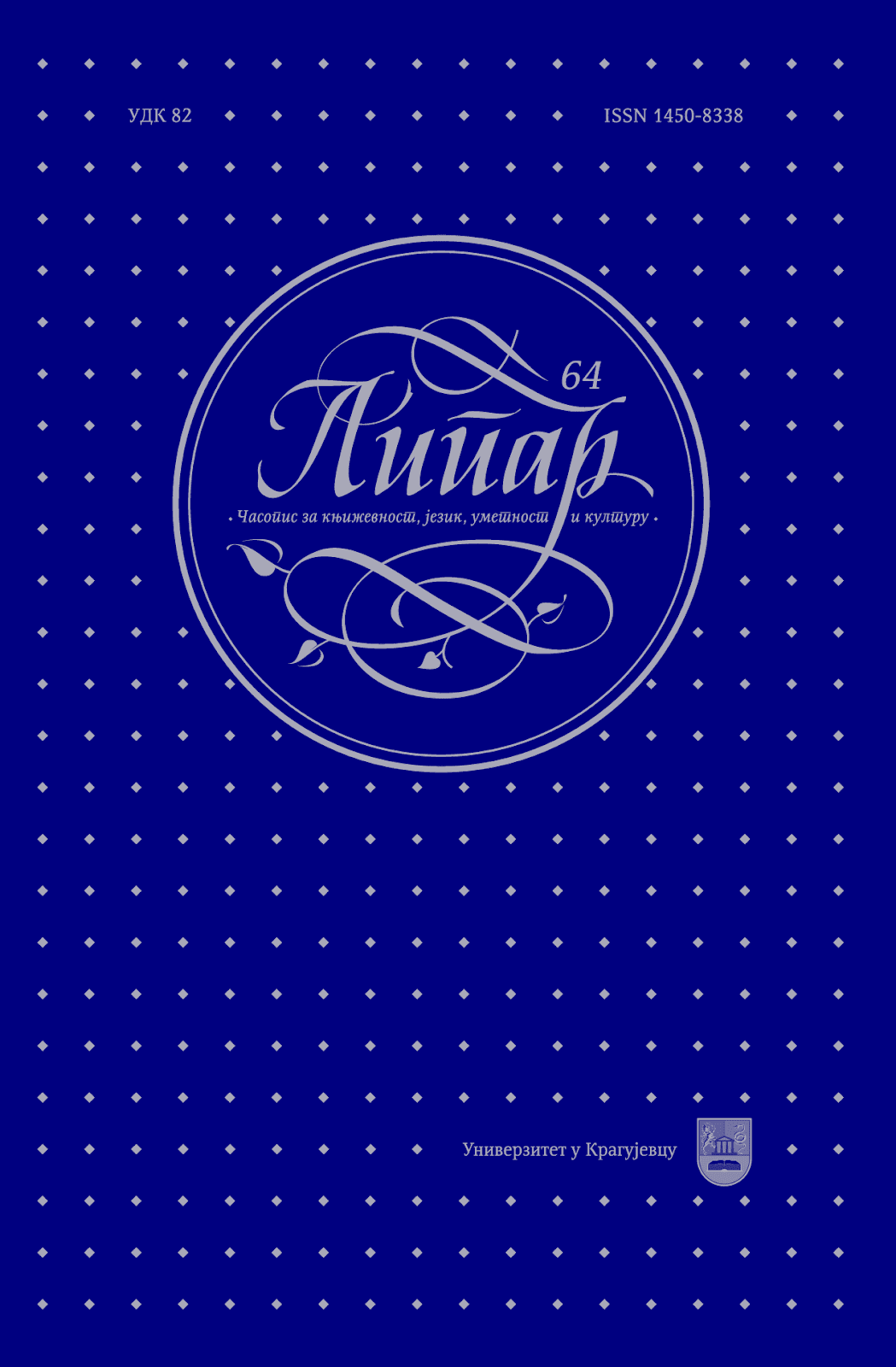НЕГАТИВНИ ТРАНСФЕР У ПИСАНОЈ ПРОДУКЦИЈИ СРПСКИХ ГОВОРНИКА КОЈИ КАО Л2 УЧЕ ИТАЛИЈАНСКИ А КАО Л3 ШПАНСКИ ЈЕЗИК
NEGATIVE TRANSFER IN WRITTEN PRODUCTION OF SERBIAN SPEAKERS THAT STUDY ITALIAN AS L2 AND SPANISH AS L3
Author(s): Marija N. VujovićSubject(s): Language and Literature Studies, Foreign languages learning
Published by: Универзитет у Крагујевцу
Keywords: error analysis;crosslinguistic influence;L3 learning;Italian language;Spanish language;
Summary/Abstract: The role of the transfer that occurs during second language learning has been the subject of studies of crosslinguistic influence that try to explain how the existing linguistic skills influence the course of second language learning. In the last two decades, the focus of research shifted to a relatively new and insufficiently researched area: the role of transfer in third language learning. This paper aims to establish the concept of transfer and deal with some of the most common problems related to the field of third language learning by focusing on two significant factors of crosslinguistic influence: perceived typological similarity and proficiency. This paper will present the results of research conducted over 39 written works of Serbian speakers that study Italian as their first foreign language (L2) and Spanish as their second foreign language (L3) in order to describe the influence of Italian to Spanish, and use the previous linguistic experiences of students in order to make the study of the third language more efficient. The participants were students of the Faculty of Philology whose level of knowledge of Italian was A1 or B1 at the time when they started learning Spanish. Despite the limited number of participants, the results show certain tendencies. Not only do they show the important role of the perceived typological similarity during the initial level of exposure to Spanish, but they also suggest that even a minimal knowledge of a previously learned language can be a source of different types of crosslinguistic influence.
Journal: Липар - часопис за књижевност, језик, уметност и културу
- Issue Year: XVIII/2017
- Issue No: 64
- Page Range: 161-179
- Page Count: 19
- Language: Serbian

